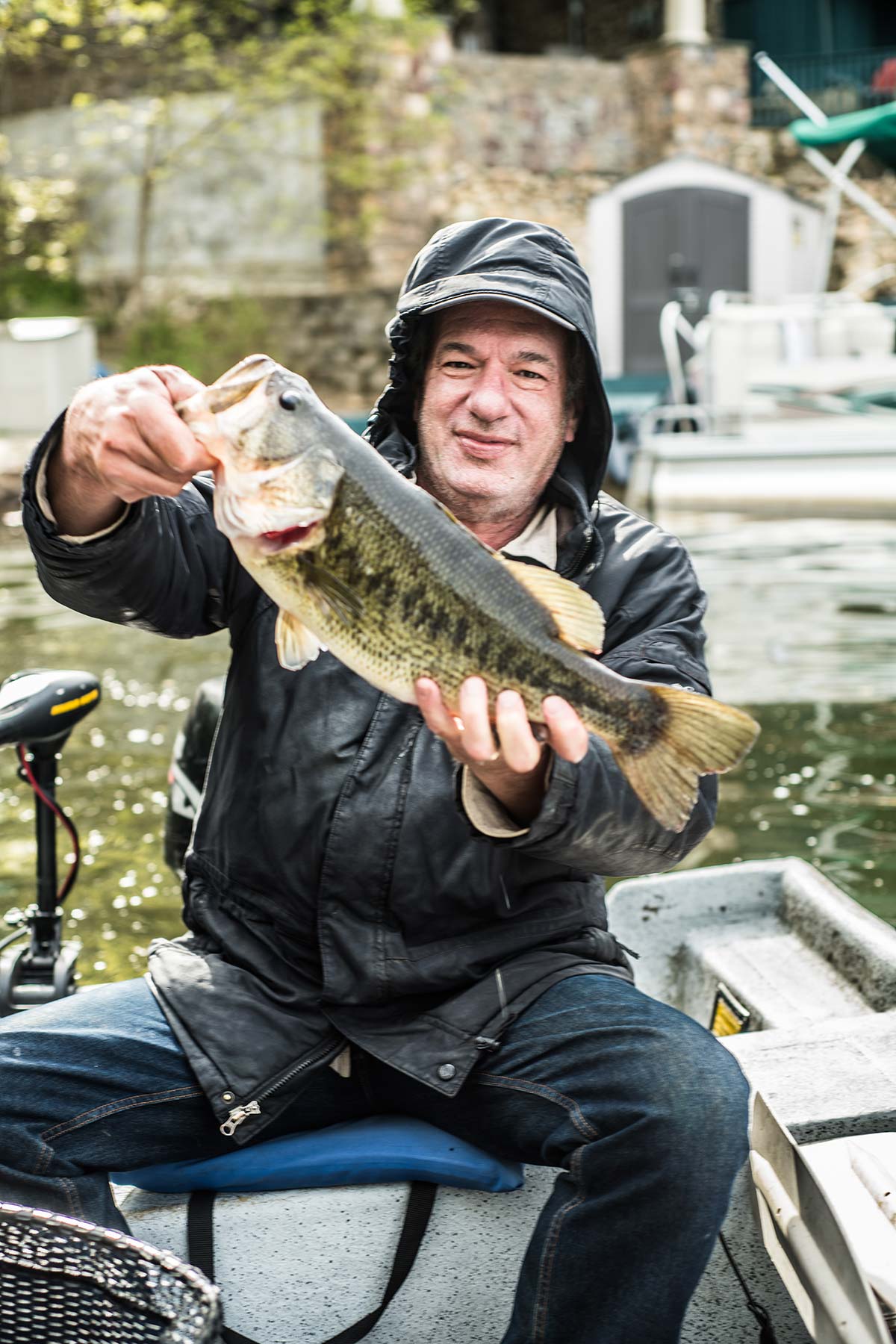
Small, protected coves can produce big results when conditions outside are rough and angry.
Some of the lakes in our region have small coves. I don’t mean the big ones with names everyone knows, but those a bass boat might have trouble entering, not a kayak or perhaps a small boat. The prespawn brings big bass into such shallows, and these females often stick around a little deeper after they spawn. It’s easy to imagine little coves protecting against main lake turbulence as excellent bass nurseries.
They’re also to the advantage of any bass angler. Last May, my son and I went out in a 15-foot boat with a 9.9 horse and a stern-mount electric. We first tried the shallows of a large cove, blown about by heavy wind, finding it utterly lifeless besides the emerging weeds. The sky was slate gray, the air about 60 degrees, the water temp as low as 57, and the wind at least 25 knots. I felt that creeping sense of “it’s gonna be a skunker” before I slipped the boat into a tiny cove I might not have entered on a nice day.
Perhaps on most lakes you would give residents space, if they were lying down in the sun on the dock you would cast to. You might not go into the cove. I gave the houses associated with the spots we entered a good look, just to be sure we encroached on no one. Seeing all was clear at the first spot, I lay down my Senko beside a floating dock, then saw a depth of 4 feet registered on the graph. When my attention shifted back to the line, I saw it moving. When I got the bass over the gunwale, I swiftly measured it at 20 inches.
The wind roared but we caught 10 largemouths between the two of us, all of them from little coves, all of them pretty good ones. One spot was so small that I had to position the boat outside of it in the wind, whitecaps bucking the boat as I struggled to maintain position from the stern for my son. It was impossible for him to manage effective casts, but the contrast between the calm water and the madness I maneuvered is memorable. Other spots allowed us stability and we worked them very closely.
A windy day isn’t the only kind for this fishing, but if it’s blowing, you can put together a nice catch. Most of the docks and shallows will get chopped up like duck soup, and though a bass boat with a bow-mount electric will make fishing them possible, why overlook the playpens for baby bass if you can get that bass boat into them.
We like to throw Senkos. They cast long and accurately. Bass love them, and they’re heavy-bodied enough to fish at a snappy pace when rigged Wacky. Allow the initial drop extra time. The hit usually comes on that drop before the worm settles on bottom, but after it does settle, it may yet attract a bass. Wait a moment, then twitch it once before you retrieve. And vary the speed and cadence of retrieves. Try working it back to the boat by fluttering it and allowing it to drop Also try a slow, twitching retrieve.
Find what works. You should feel confident every time you cast. Once you feel weight, set the hook. If you’re privy to circle hooks, slip one of these under an O-ring. Using an O-ring tool so you can slip one onto a Senko is essential, saving you plenty of worms that would tear off any hook. If you find a circle hook awkward like I do, just use a plain shank size 2. By setting the hook quickly, you will release bass safely.
Plenty of other lures will work, whether it’s jigs or topwater plugs, but I don’t recommend throwing ½-ounce spinnerbaits into tight little spaces where they will crash down and nosily make their way back on the retrieve. Small coves are quiet. To match the conditions, give the bass something fitting.




